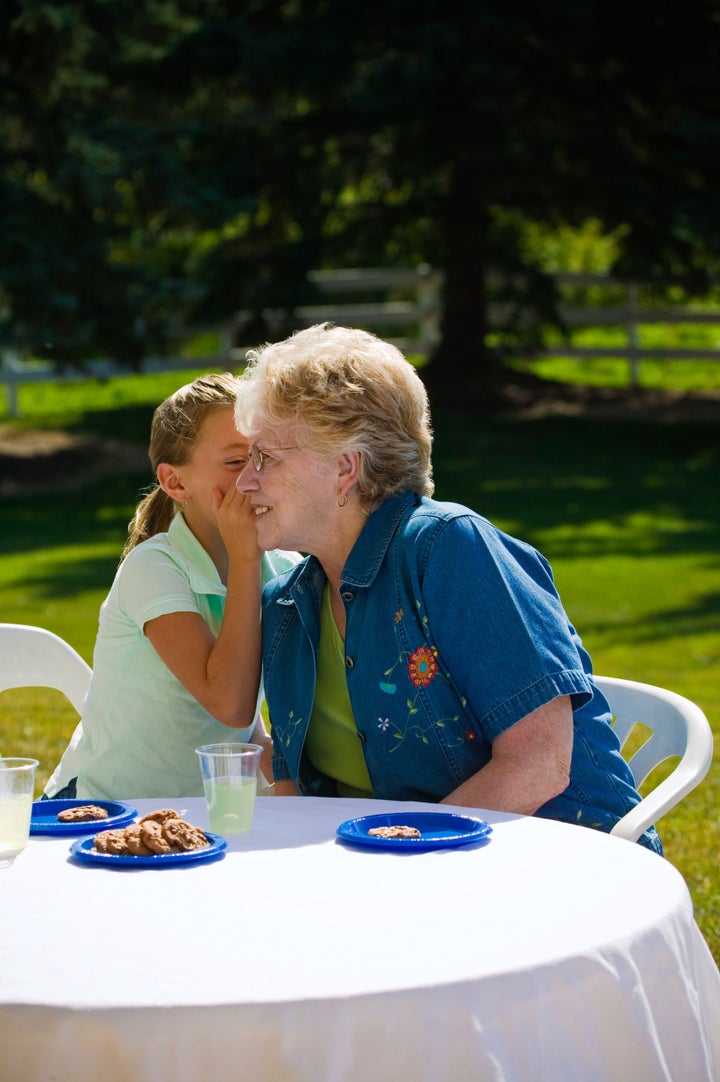
Chances are you know and love an older person with needs. Maybe it's that neighbor of yours whose trash cans you help bring in once a week. Perhaps it's your grandparent or even a parent who needs help understanding the bills or getting the groceries up the stairs. The reality is the population of older adults in this country is growing rapidly due in large part to the aging of baby boomers -- a demographic shift that affects us all. Advancements in health care and technology have also spurred this phenomenon, yet we know that a longer life also brings a greater likelihood of facing multiple chronic health conditions and possibly needing help with everyday activities. The little-known truth about this kind of care is that 70 percent of people over 65 will need some form of daily assistance -- for an average of three years. Yet in an aging America, just when these services will be needed by our loved ones the most, the network of long-term services and supports is eroding due to budget constraints. Access to services such as home care, caregiver supports, and transportation is being reduced. To challenge matters even further, policymakers at the federal level are discussing fundamental changes to Medicare, Medicaid, and Social Security, programs that fund vital health care and supportive services our loved ones need.
However, these uncertain times bring about a genuine opportunity to build a more efficient and cost-effective system of care with the needs and desires of people as the center of the decision-making process. The transition has already begun through implementation of the Affordable Care Act at the federal and state levels. As this important work continues it will be critical to have an accurate understanding of the older population and their pending needs. To inform this process, The SCAN Foundation is updating its series of national and California-focused fact sheets that provide basic information on the "who, what, where, when, why, and how" of long-term services and supports.
The first fact sheets in this series describe the demographic and economic characteristics of the aging population. Currently estimated at 40 million people, the total number of older Americans is growing at a dramatic rate and is expected to almost double by 2030 when the youngest of the baby boomers turn 65. The nation's aging population is also becoming more racially and ethnically diverse. In California, the proportion of older people of color is expected to reach 52 percent by 2030. Such shifts will have implications for how these individuals interact with medical care and supportive service providers, signaling a greater need to provide person-centered care that considers such things as an individual's values, preferences, language of choice, and cultural norms.
Additionally, while older adults are more educated and may have more resources than previous generations, many will not have the income to make ends meet. About 39 percent of all Californians age 65 and older had incomes that were above the federal poverty level, but less than what they needed to meet basic needs, including housing, food, transportation, and health care. This means that they are most likely struggling to get by. If these individuals are barely able to survive, how will they fare in the event they require supportive services, such as care in a nursing facility or home health services, which are quite expensive? Many will be unable to pay for this care on their own for the duration that it is needed, and may have to impoverish themselves to Medicaid eligibility to receive financial support.
In the midst of these demographic and economic shifts, the challenge going forward will be to ensure that older adults can age where they choose to the greatest degree possible. This is a fundamental element to enabling aging with dignity and independence. The information in these fact sheets is a starting point in meeting that challenge. By raising public awareness of the pressing reality of these important issues, baby boomers and seniors can be mobilized to think about and plan for their potential future needs. These fact sheets also highlight the importance of working toward a more efficient and effective system of long-term services and supports that is poised to take on the increasing number of older adults who may draw on it, offering them choices that meet their needs and preferences.
Aging with dignity and independence is the ability to live life to its fullest in the place you call home, regardless of age, illness, or disability. As the population of older Americans continues to grow and change, we will strive to make this ideal a reality for all.
